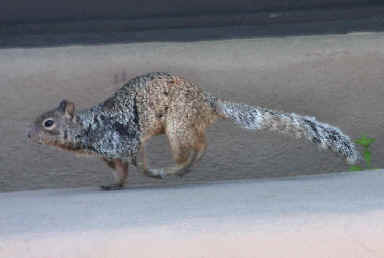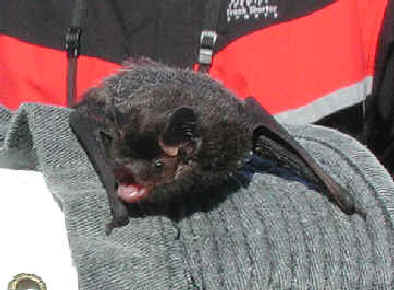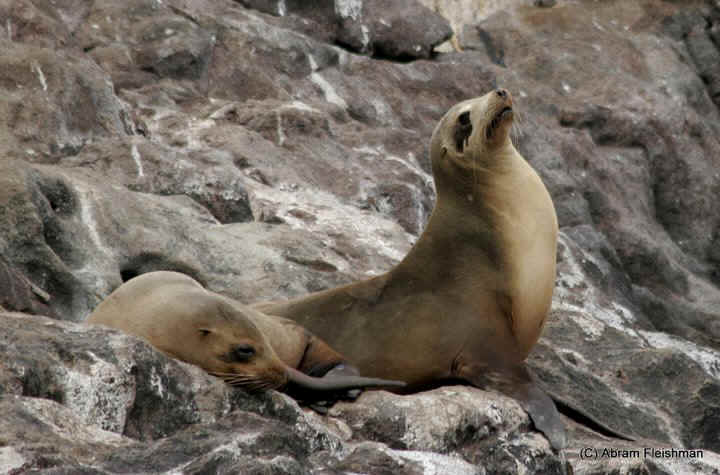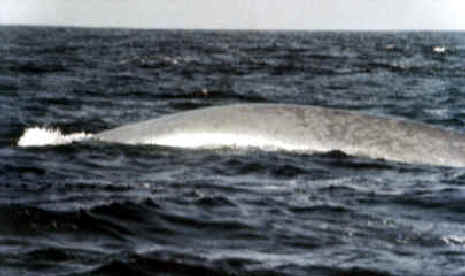
E-mail: font@focusonnature.com
Phone: Toll-free in USA 1-888-721-3555
or 302/529-1876
 |
PO Box 9021,
Wilmington, DE 19809, USA E-mail: font@focusonnature.com Phone: Toll-free in USA 1-888-721-3555 or 302/529-1876 |
Noting those found during
Focus On Nature Tours
in Mexico with an (*)
Tours during the months of March, June, August
September, & November.
This List of Mexican Mammals
compiled by Armas Hill
PHOTO AT RIGHT:
CENTRAL AMERICAN SPIDER MONKEY
(seen in southern Mexico)
Codes:
(t): a
globally threatened species,
designated by the IUCN (the
International Union for Conservation of Nature)
(t1): critically endangered (t2): endangered
(t3): vulnerable
(nt): a globally near-threatened species, designated by the IUCN
(i): an introduced species in Mexico
(MXe): endemic to Mexico
(NO): in north Mexico
(SO): in south Mexico
(ph): species with a photo in the FONT website
An excellent book about Central American Mammals:
"A Field Guide to the Mammals of Central America & Southeast
Mexico" by Fiona Reid, 1997.

This White-nosed Coati was
photographed in Mexico,
but its picture came to us from Gill Hopkins in London, England.
Thanks Gill!
Links to Groupings of
Mammals within this List:
Opossums
Anteaters &
Armadillos Rabbits
Squirrels Porcupines
Agoutis & Paca
Foxes Raccoons & Allies Otters, Weasels, Allies Cats New World Monkeys Peccaries
Pronghorn
Deer Sheep
Tapir Manatee
Pocket Gophers, Pocket Mice,
Kangaroo Rats
Other Links:
Information
about Upcoming FONT Birding & Nature Tours in:
in Central
America & Mexico
and by month in: 2016 or: by geographic locations worldwide
A List &
Photo Gallery of Mexico Birds, in 3 parts:
Part #1: Tinamous to
Shorebirds Part #2: Jaegers to Woodpeckers
Part #3: Manakins to Buntings
Regional Lists of Mexican Birds
(without photos):
Sonora the Yucatan Peninsula
Cozumel Island
Butterflies
of Mexico Amphibians & Reptiles in Mexico
Marine Life, including that of the Coral Reef, of Mexico & Belize
Directory of Photos in this Website
List of Mammals:
AMERICAN OPOSSUMS (in the Order Didelphimorphia, Family
Didelphidae)
78 species throughout the Americas;
7 in Mexico
All Marsupials were formerly classified in the Order
MARSUPIALIA.
However, this large group has recently been split into 7 orders.
NEW WORLD
OPOSSUMS consist of 3 orders. Australian marsupials are in 4 orders.
The Order DIDELPHIMORPHIA includes all of the Central American
& Mexican opossums - 13 species.























Jaguar (t2) (SO) (ph) (*) ______












![]()
POCKET GOPHERS, POCKET MICE, & KANGAROO RATS (in the Family
Geomyidae)
99 species in the Americas; 58 in Mexico
Thomomys bottae
Thomomys umbrinus
Geomys arenarius
Geomys personatus
Geomys tropicalis
Pappogeomys
Pappogeomys
(formerly
Cratogeomys)
fumosus
Pappogeomys (formerly Cratogeomys) gymnurus
Pappogeomys (formerly Cratogeomys) merriami
Pappogeomys
Pappogeomys
Pappogeomys (formerly Cratogeomys) zonseri
Pappogeomys alcorni
Pappogeomys bulleri
Orthogeomys
Orthogeomys
Orthogeomys cuniculus
Orthogeomys grandis
Zygogeomys trichopus (the single member of its genus)
Liomys irroratus
Liomys pictus
Liomys salvini
Liomys spectabilis
Heteromys desmarestianus
Heteromys gaumeri








![]()
MARINE
MAMMALS ALONG THE MEXICAN COAST
SEALS:
EARED SEALS (in the Family Otariidae)









![]()